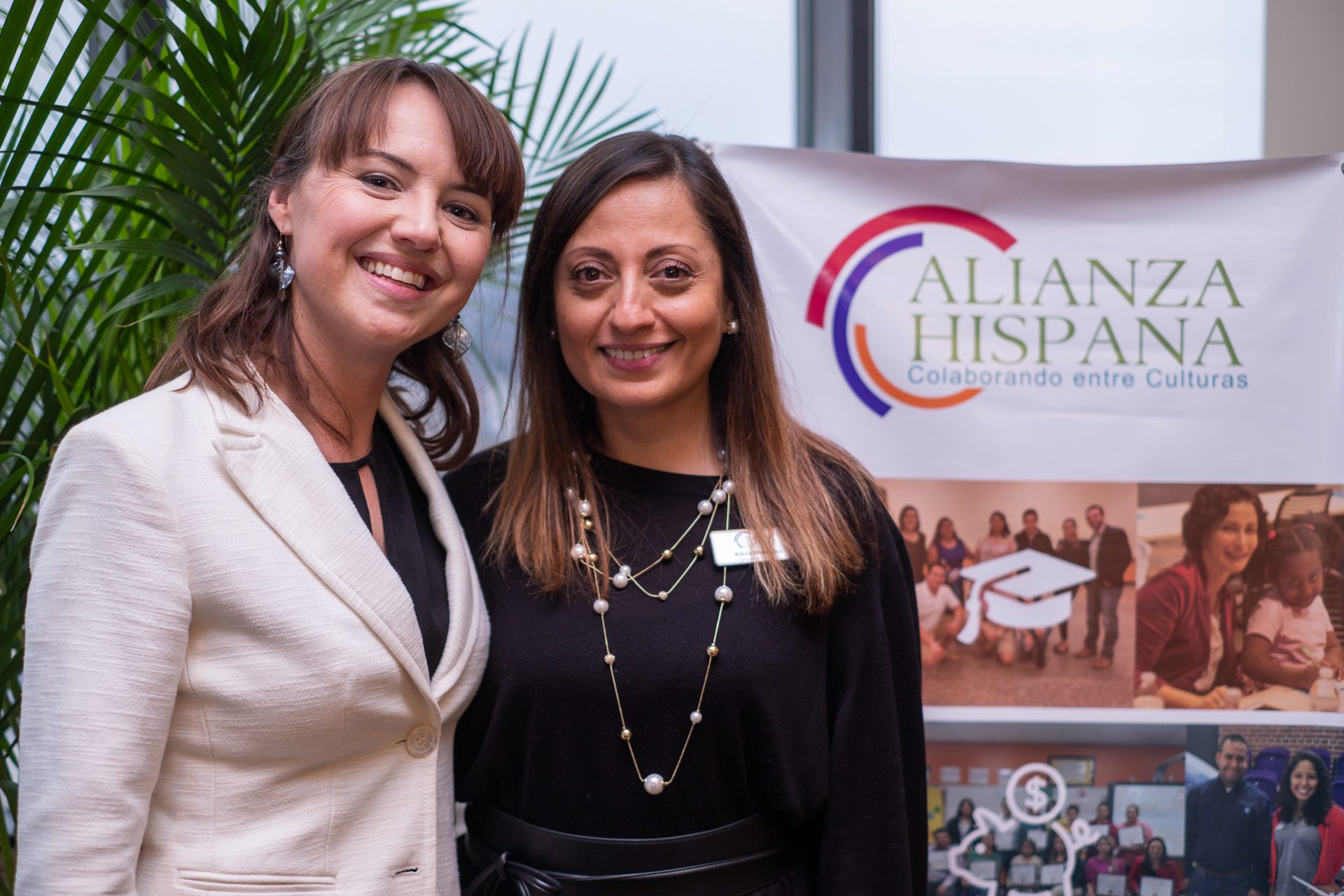Report reveals optimism, challenges of Hispanic community

A two-year study by the Hispanic Alliance and Furman University has produced a detailed, hopeful picture of the lives of Hispanics in the Upstate.
The report, “Hispanics in Greenville,” uses data collected through interviews with 400 people living throughout Greenville County to paint a complex picture of perspectives and challenges in the growing Hispanic community. In 1990, about 3,000 Hispanics lived in the Upstate. That number is now approaching 45,000.
Courtney Quinn, visiting research associate in sustainability science at Furman, was lead researcher for the project. She used existing data from the census and academic sources to develop proposed questions for the survey, then brought them to the Alliance, expecting to pare down the list.
“And they decided they wanted to know everything,” she said, calling the amount of data collected “intense.”
“You could comb through it forever,” she said.
The 117-question survey was both quantitative – asking questions about household size and income, for example – and qualitative — asking for descriptive answers about expectations and challenges.
It focused primarily on four topics: education, health, financial stability and legal matters. But interviewers also asked open-ended questions that allowed respondents to raise issues of their own.
Over the summer and fall of 2017, Alliance staff, interns and Furman students who were either native Spanish speakers or bilingual spent hundreds of hours collecting responses. Quinn spent nearly a year analyzing the data.
She was impressed by the upbeat spirit behind many of the findings.
“They are extremely positive about the future,” she said.
Ninety percent of participants expect their children to be better off than they are.
While 42 percent live in a household with an income of less than $25,000 a year, 76 percent consider themselves to be in a good position to prosper.
“They see this as a step up, and they see potential in themselves and their families,” Quinn said.
To make it easier to answer sensitive questions, the interviewers didn’t collect any identifying information, such as names or addresses.
About one-third of the participants identified themselves as undocumented immigrants. Others spoke about food insecurity and lack of healthcare, especially for adults.
The goal is for the data to lead to action. For example, one finding was that more than 80 percent of the parents of high school students said they didn’t know how to help their children prepare to go to college.
“How can we help families who have never sent someone to college to make that jump, and do it successfully?” Quinn said.
She hopes agencies and individuals across the Upstate will find ways to put the data in the report to good use.
“Working to help them achieve financial and educational and health stability can only be good for everyone in Greenville moving forward,” Quinn said.